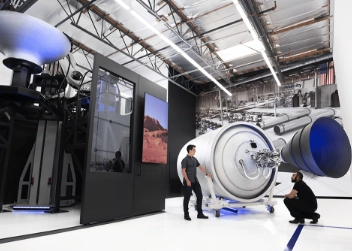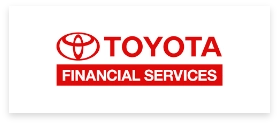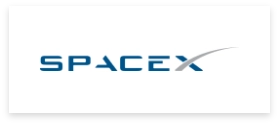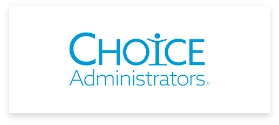The client is one of the largest healthcare providers in the United States and has inspired their 60,000 employees with their mission, which is “to provide holistic care by providing for the physical, mental, spiritual, and social needs of every patient we see.
The Problem
The client was preparing to make an enormous investment in a new digital platform that would transform how the healthcare company interacted with its customers online. Their goal was to provide their customers with a better way to engage with their entire service network, including hospitals, clinics, business offices, and physicians. The executive team envisioned a CMS platform with backend cloud services that would make it possible for their customers to easily access and understand their health status, their insurance coverage/benefits, and the costs of their various services, while also reducing customer service costs.
The IT leaders recognized that there were significant risk factors in this multi-million dollar, multi-year project. It would require the integration of data from disparate systems, and has grown through acquisition, the company had multiple EMR, HER, and legacy systems, many of which did not communicate with each other at all. Complicating matters, the project would be executed by over a dozen outside vendors whose work would be coordinated and managed by a small team of senior IT professionals.
Large-scale software development projects are infamous for having a high failure rate. It is estimated that only 10% of these projects are completed on time, within budget, and achieve the original objectives. So the IT team turned to Technossus and challenged them to provide the tools and processes to make this massive software development project successful.
The Solution
To prepare the client’s IT team to successfully manage this enormous software development project, Technossus set up the enterprise-wide software development life cycle process, including the tooling, processes, and infrastructure. They also set up and configured Microsoft’s Visual Studio Team System (VSTS) for users.
In addition, Technossus designed and delivered a comprehensive training program that covered the Technossus ALM best practices. This included methods for tracking time, artifacts, and work items; standards for productivity and quality assurance; and management practices that foster team cohesiveness and productivity. The detailed training program and best practices documentation covered topics such as:
- The day-to-day activities and best practices for quality management, workflow management, and enterprise-scale software development
- The dashboards to monitor an enterprise project during execution and the metrics to establish the parameter framework to keep the project on track
- Planning activities required to successfully implement the software testing life cycle process
- An examination of the reasons why enterprise projects commonly fail, and how to use the tools and processes Technossus provided to avoid these pitfalls
- Use of Technossus’ ALM project execution tools to create cross-functional cohesion, even when bringing in a number of outside teams that have not previously worked together
The Results:
The engagement provided the IT team with a high level of confidence in their ability to successfully manage the planning, development, testing, and deployment of the new enterprise software system using the ALM tools and knowledge provided by Technossus. Technossus’ guidance was helped by:
- Reducing the risk of project failure, even in large-scale software development projects
- Increasing team cohesion and cooperation to minimize conflicts, even among teams that have not worked together before
- Improving the overall quality of any ALM process by including build quality metrics, code quality metrics, and high traceability between test cases down to code-level management
- Providing the tools to create a metrics-based IT organization, which increases transparency, accountability, efficiency, communication, and effectiveness
- Increasing the ROI for any IT investment




 Trusted by Leading Brands
Trusted by Leading Brands





 Ready To Get Started
Ready To Get Started

